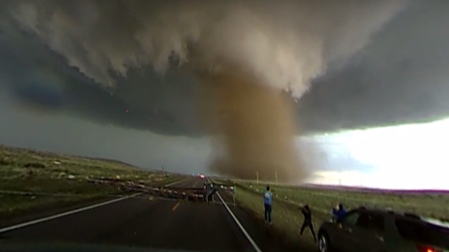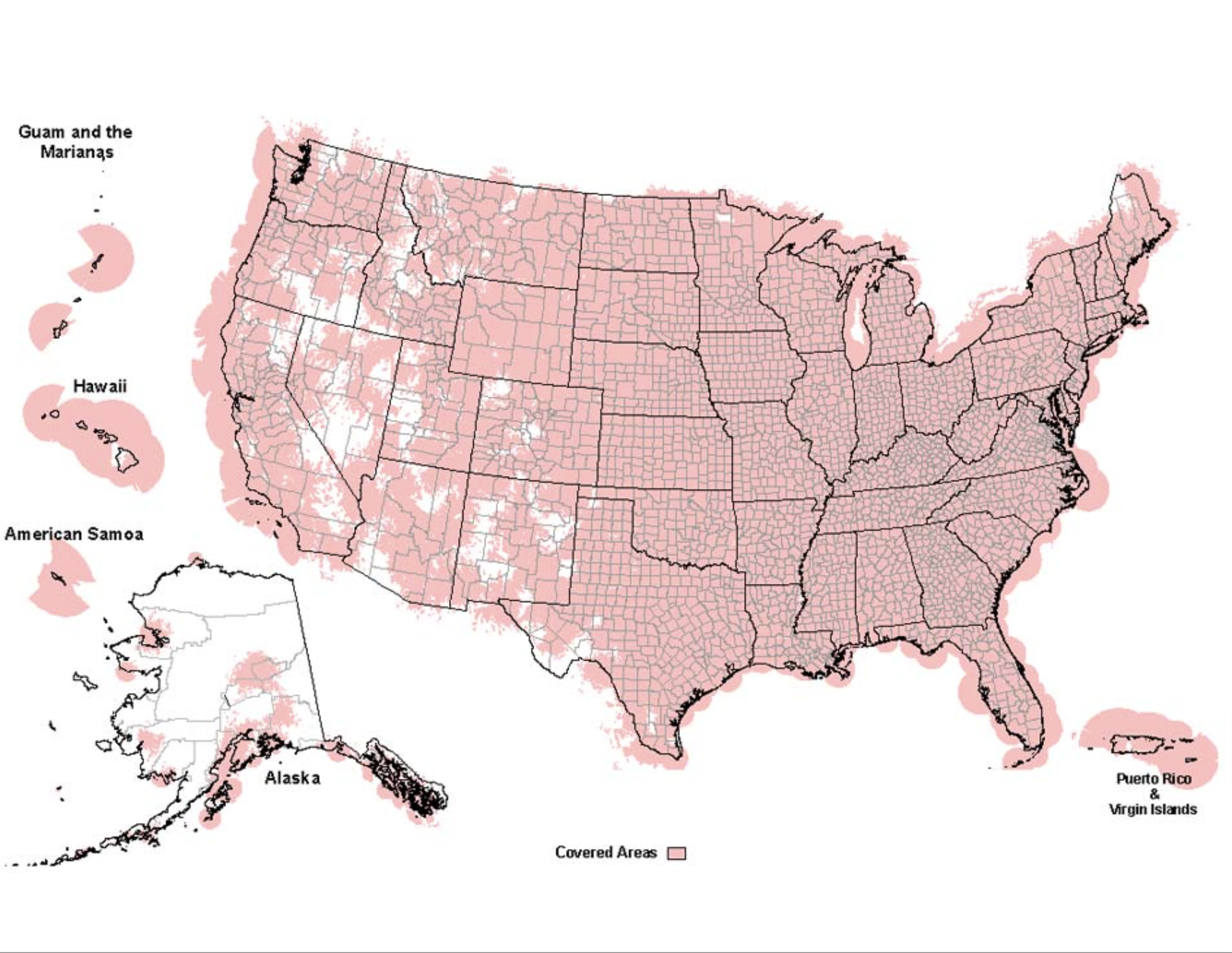Rolling Updates Take Some NOAA Weather Radio Stations Offline
Here's what to know about the scheduled updates and ongoing disruptions to service

With tornado season in full force, and hurricane season just on the horizon, National Weather Services (NWS) offices across the country are managing a series of required updates for their radio stations.
NOAA Weather Radio All Hazards (NWR) is a nationwide network of radio stations broadcasting continuous weather information directly from the nearest NWS office.
According to the NWS website, beginning this spring, NWR stations have been taken out of service for 2-3 days for a “necessary scheduled system update.” This process is ongoing.
NOAA Public Affairs Specialist Erica Grow Cei said these staggered updates are required, prescheduled and are being done to every single weather forecast station in the country, sometimes with multiple transmitters down at one time. According to a NWS statement out of Birmingham, Ala., this downtime will be used to update NWS offices’ Advanced Weather Interactive Processing System, or AWIPS.
In total, 122 weather forecast offices are responsible for more than 1,000 NWR transmitters, covering all 50 states in addition to Puerto Rico, the U.S. Virgin Islands and the U.S. Pacific territories.
One veteran broadcast consulting engineer active in national broadcast technology issues thinks it’s “a bad time of year to be doing this.”
“NOAA/NWS still does not publish their alerts via IPAWS/CAP; their spokesperson may be unaware that when these transmitters are off the air, there would never be an EAS alert on radio, television or cable systems in the areas, should there be a transmitter off-air during these upgrades coinciding with a storm," Alan Jurison, a member of the NAB Radio Technology Committee and a former senior operations engineer for iHeartMedia told TV Tech sister brand Radio World. “The majority of actual EAS alerts that are aired come from NOAA Weather Radio. While NOAA/NWS published notices about these outages to other sources, the broadcast community should have been better warned.
The professional video industry's #1 source for news, trends and product and tech information. Sign up below.
Jurison called for the NOAA/NWS to complete the IPAWS/CAP link.
“The alerting and broadcast communities have been waiting for decades,” he said. “It would improve alert quality as well as redundancy when NOAA Weather Radio stations are off the air. Until redundant alerts can be sent to EAS Participants via IPAWS/CAP, these NOAA Weather Radio outages should be postponed to periods where no significant weather is expected for several days.”
Grow Cei was not able to confirm exactly when these updates started or when they’re scheduled to finish; however, NOAA on its website said the updates will be done on a rolling basis across the country through June 2025.
Radio World first heard reports of these updates from engineers in Southern Florida. Previously, from April 21 to April 23, the National Weather Service said NWR transmitters serving West Central and Southwest Florida would be off the air. The NWS Tampa Bay office communicated that news over social media, although Grow Cei says there are multiple ways NOAA disseminates information about scheduled maintenance and severe weather.
She said news is often communicated through public information statements posted on individual NWS websites, in addition to regular check-ins with “core partners” such as local emergency management offices.
Grow Cei said NOAA also uses the communications platform Slack to notify its partners in advance.
On Tuesday, May 20, Grow Cei said Marquette, Mich., is the only location she knows of where NWR transmitters are down.
“If you don’t own a NOAA weather radio, then you won’t notice a difference. But we do encourage everyone to get one,” she said. “That is the only thing that is currently out of service in Marquette, Mich. This upgrade doesn’t change a forecast office’s ability to get out these warnings.”
Radio World, however, has seen notices of other scheduled transmitter outages this week, including in Birmingham, which has severe weather in its forecast. These temporary outages have raised concerns as the U.S. continues to face natural disasters this month. Just this past weekend, Kentucky and Missouri were heavily impacted by tornadoes, with at least 25 deaths reported.
🚨HEADS-UP for NEXT week: Our computer system will be undergoing a software update May 19-21. We'll continue to issue any necessary warnings and post them here, and any apps that use them will still have them. However, NOAA Weather radio will be off the air during that time. pic.twitter.com/R5HZPseqeQMay 15, 2025
NWR requires a special radio receiver or scanner capable of picking up the signal. Broadcasts are found in the VHF public service band at these seven frequencies (MHz): 162.400, 162.425, 162.450, 162.475, 162.500, 162.525 and 162.550.
While these updates are taking place, Grow Cei said there are other ways to receive life-saving weather information. These include text alerts, wireless emergency alerts and information via the NWS website and social media accounts.
“We always encourage people to have multiple ways to receive weather alerts,” she said. “NOAA shouldn’t be your only way.”
To learn if your NWR station has been scheduled for updates, click here and then on the office in your area to visit its website.
Elle Kehres is a content producer for Radio World with a background spanning radio, television and print. She graduated from UNC-Chapel Hill with a degree in broadcast journalism. Before coming to Radio World, she was the assistant news director at a hyperlocal, award-winning radio station in North Carolina.


